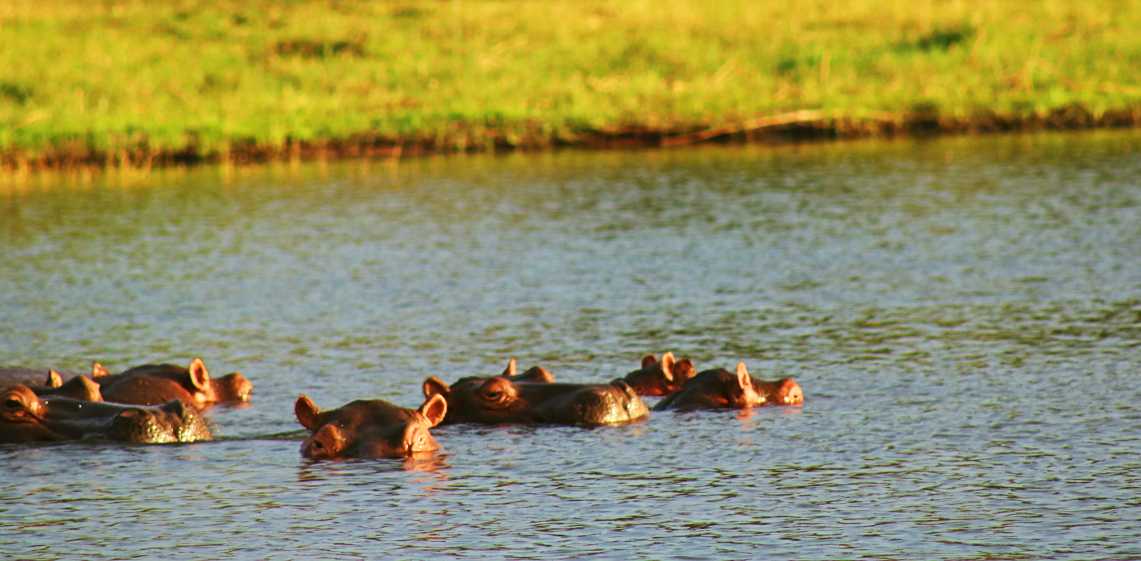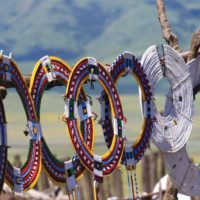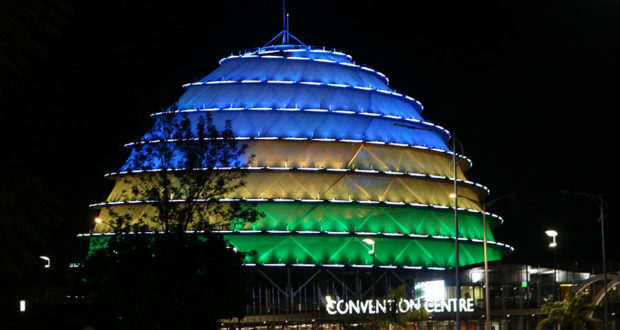Deep inside Akagera National Park, in the north-eastern side of Rwanda, the afternoon wears on. In the shallow waters of Lake Ilhema, hippos loll around, soaking up the last of the day’s sunshine. On the banks, crocodiles lie in wait for their meal to come by and above them, thousands of birds chirp energetically before retreating to their nests. Suddenly, silence reigns. The dull sound of the motorboat retuning to the shore is the only sound. Nature readies for the night.
But unknown to me, the bushes enclosing the lake hides the predator awaiting nightfall. Akagera National Park is about to burst into life.
The only park in the country to spot the Big Five
I return to the game lodge for the night. The next morning, I am told, we will look for the Big Five. I’d never have imagine I’d hear these words in Rwanda, but life is full of surprises.
The volatile past of ANP
Akagera National Park (ANP) is Rwanda’s unrealized tourism jewel, with a history as fascinating as its present. The park gets its name from the Akagera River that flows along its eastern boundary and feeds into a labyrinth of lakes within the park, including Lake Ilhema.
Over dinner at the lodge, I learn of the park’s history and it is as much a story of revival as the country itself. Created in 1935 by the Belgians, ANP initially covered an area of 2500 sq kms but following the genocide in 1994, it was reduced to half its size (1,112 sq kms) and the remaining area allocated to the refugees who, in desperation hunted and poached animals till lions, elephants and other species of animals in the park disappeared. There was no park management to stop them and like the rest of the country, the park died.
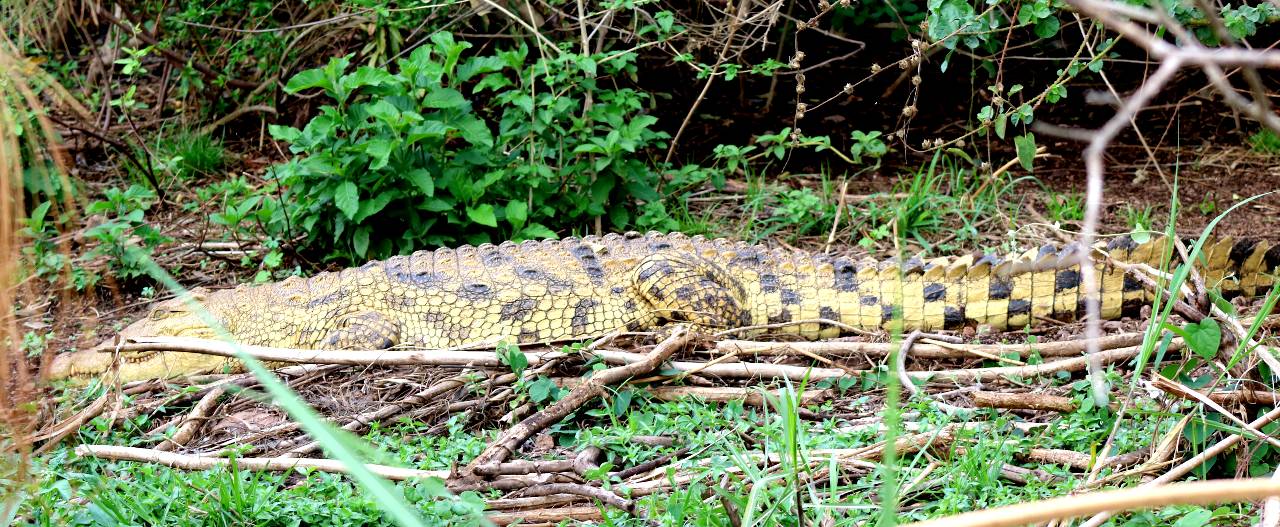
A miracle in the making
It is hard to imagine Akagera without the zebras, baboons, impalas, elephants, waterbucks, rhino, buffaloes and of course lions. In the year 2015 and 2017, the park reintroduced several species of predators like lions and herbivores like giraffe and black rhinos and with continued effort, the following years saw a steady growth in numbers of these animals. Before lions were brought back, the park’s only large predators were leopards and spotted hyaena.
Today, there are over twenty lions in the park, which, along with the presence of elephants, rhino, buffaloes and leopards, gives it the official status of the Big Five destination.
The lakes in ANP are rich in biodiversity and are home to water-lovers like hippopotamus and crocodiles and hundreds of bird species like plovers, herons, sandpipers, hawks, Malachite kingfishers, the rare shoebill and the endemic Ibis. Filled with papyrus swamps, savannah plains and rolling highlands, ANP supports a diverse number of animal and bird species (including the rare shoe-billed stork) and is also Central Africa’s largest protected wetland with a unique level of biodiversity.
As I wind down for the night, I digest the information I have been handed. Akagera has broken through its dark past to become what it is today and I am hopeful of a fair chance at seeing the Big Five tomorrow.
Beyond the edge of the lodge, Lake Ilhema is in darkness, but the forests sounds cut through the night to reach my ears. The King is on the prowl and there is a smell of a hunt in the night air.
The drive is on for the Big Five
At 5 am, Lake Ilhema turns pinkish orange, but there is no time to admire its beauty. Our goal is to arrive at the watering hole before the sun winds its way up in the sky and the animals retreat into the shade. I gulp a large cup of fine Rwandan coffee and with a picnic basket in hand, race to the safari car fitted out to tackle the difficult terrains of the park.
My lodge is set in the south side of the park and we will be heading north – towards the exit after the game drive. No sooner we leave the safety of the fence, we run into a roadblock, the kind one is glad to encounter so early in the a.m.
A bunch of Olive Baboons have positioned themselves in the middle of the road and look comfortable there. Instead of reaching for my camera, I watch the show, mesmerized by the human-like behaviour of the primates.
“If you watch carefully, you will see that the mothers carry their young ones on their backs, but the grandparents carry them on their belly,” the driver informs me. I am not sure I can bet on that, but the difference is intriguing.
I am told there are vervets and the secretive blue monkeys in the vicinity too – but they remain just that – a secret.
We drive along the backwaters of the lake, which are the favoured drinking points for the forest dwellers. My attention is drawn to the hundreds of bright blue and black flags installed all over the park alongside a bottle of cow urine. These flags are tsetse flytraps and are sprayed with insecticide that affects the flies when it comes in contact. This is essential in keeping the fly numbers down in the park, because tsetse flies are known to cause sleeping sickness. I am glad to learn so much about the safe running of the park.
From time to time, we spot the grazing waterbuck. Groups of zebras and gazelles make an appearance – and as we pull up at a picnic site for breakfast, we run into a group of necking giraffes with their heads in the clouds. Literally.
It is an ethereal experience.
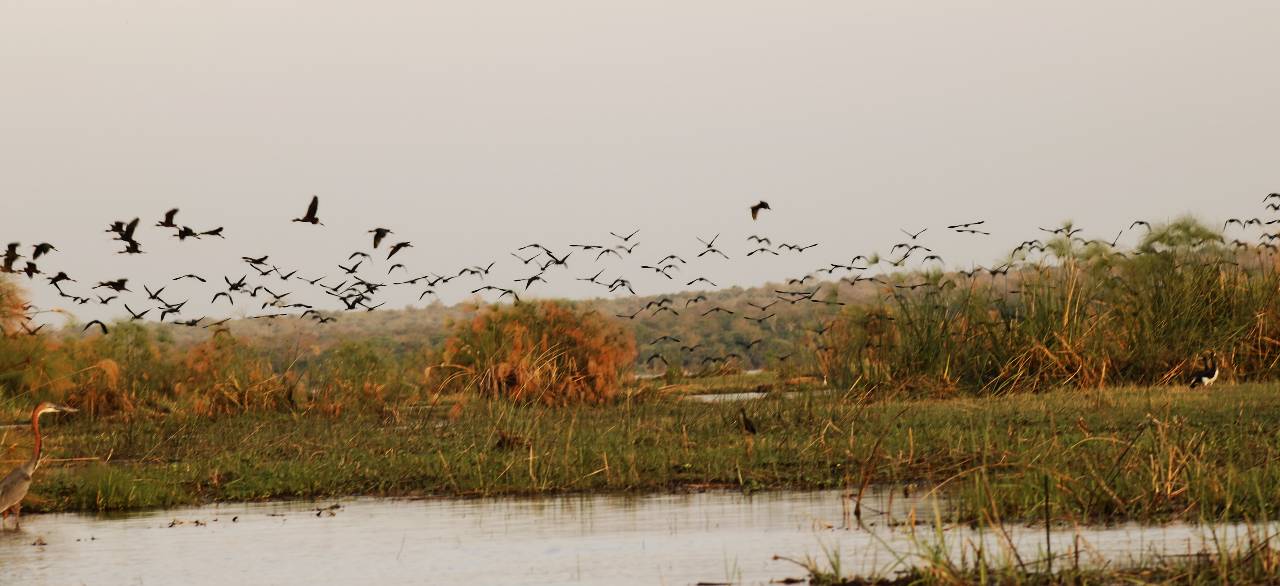
Soon, a passing family of elephants and snorting hippos on their way to the waters pass by us.
Akagera has a lot going for it – including a spattering of campsites on the water’s edge, which roughly translates into the off chance that you’d have a hippo joining you at breakfast, should you decide to stay the night. The driver happily paints the picture of hippos munching an apple, but I am not entirely sure it is the right kind of company I like to keep at breakfast.
The rest-stops are installed with clean toilets. Fresh coffee and souvenirs can be bought here. Although at a high price, it makes up for the charm of shopping in the wild. In every way, ANP is determined to beat all odds and stay abreast of changes.
We drive along different tracks, eyes peeled for the King and the black rhino (another animal introduced to the park), but luck hasn’t favoured us yet.
The morning slips into afternoon and we haven’t spotted all the big five. Cape buffaloes appear without much fanfare, although we mostly see them wallowing in the black, muddy pools chewing slowly and eying us dolefully.
We leave the thick forest and ride out into the savannah-like open grasslands. It has rained in this part of the forest last night. The air is damp and the ground muddy. The sky is overcast. Event above the sounds of the engine, a rumbling sound of thunder can be heard. I am looking forward to the rains, even if that means zilch chances of seeing all the Big Five. There is something romantic about rains in the savannahs that even the Big Five cannot compare with.
We pull up at one of the rest-stops to sit out the thunderstorm. Watching the raindrop trickle down the roof into small ponds at our feet is a magical experience. I am thrilled just be here. There is enough to see to keep it interesting and little enough to make each sighting precious. The scenery alone is enough to keep my eyes peeled in wonder.
But the thing that might bring the most tourists is not the night drive, or the bush camp, or even the Big Five – it would be the chance to breakfast with the hippos.

